
‘If sake making stops, everything stops’: US$180 Wagyu beef sandwich pioneer on his Wagyumafia empire’s new Hong Kong sake-and-snacks bar
- Hisato Hamada made his name selling US$180 Wagyu beef sandwiches in Tokyo, before bringing his Wagyumafia brand to Hong Kong
- He planned to continue elevating beef, but when he saw how Covid-19 lockdowns harmed Japan’s sake producers he pivoted to promoting the drink – and togetherness
“Everybody said I was crazy,” says Hisato Hamada, reflecting on the time he decided to start selling Kobe beef Chateaubriand cutlet sandwiches for the equivalent of almost US$200 a pop in Tokyo, in March 2017.
It was his first restaurant venture after launching members-only The Wagyumafia Progressive Kaiseki restaurant in the Japanese capital in 2016, which in turn came on the back of a series of Wagyu-related pop-ups.
For a time, it looked as though the naysayers might have been right, because despite the popularity of the kaiseki restaurant, the tiny, 15-square-metre (160 sq ft) sandwich shop in Tokyo’s Meguro ward stayed empty for almost a year.
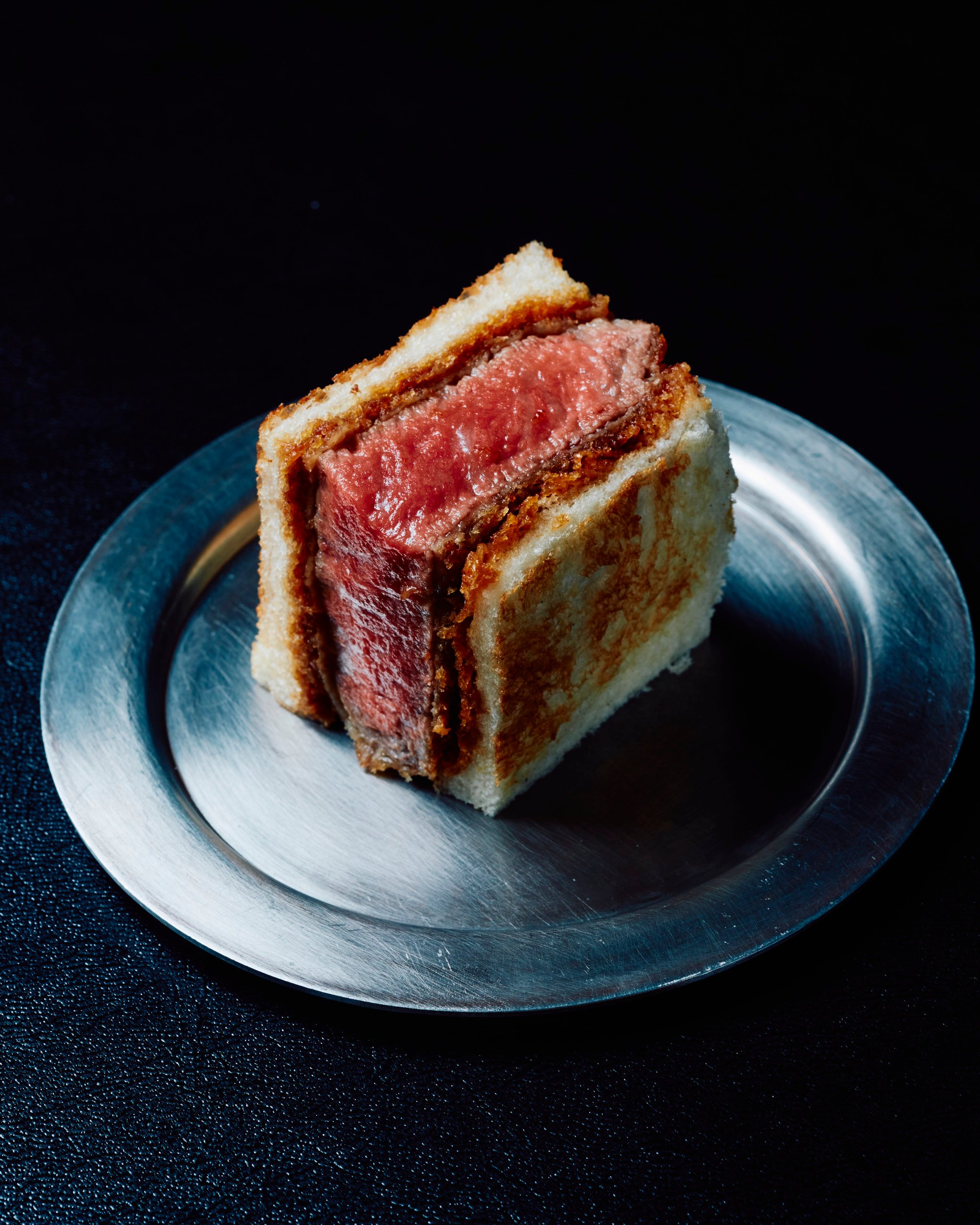
“We had almost no customers at all,” Hamada recalls. The concept of seriously pricey Wagyu in a street food context just didn’t compute with the Japanese public.
Like many trailblazers before him, Hamada stayed stubborn, and hopeful.
“I thought it would be very cool to have a Wagyu-only sando place, because you don’t have anything like that [in the world]. And still not,” he says, adding that an early copycat in New York didn’t last very long. “I think they vanished.” (You could say that you shouldn’t mess with the Wagyumafia.)
Slowly but surely, word got out. A proliferation of YouTube videos and Instagram posts about Hamada’s Wagyu cutlet sandwiches, the most expensive being the “Kobe shabu” at 20,000 yen – roughly US$180 back in 2017 – began spreading across the internet, viewed with both reverence and ridicule.
Putting expensive Wagyu in a sandwich might sound irreverent, but it was something Hamada wanted to do to inject new energy into an ageing industry.

It’s also why, years later, he embarked on his many “world tours” – collaborating with local chefs in different countries, introducing them to the beauty of Japanese beef and inviting them to cook it creatively and without barriers.
“I saw the enormous creativity and possibility of Kobe beef. Before Wagyumafia, nobody would think of using it for gyoza [dumplings], sandos, or ramen.
Before he became synonymous with Wagyu, Hamada worked in the film industry and eventually set up his own movie marketing company before finally becoming a film distributor.
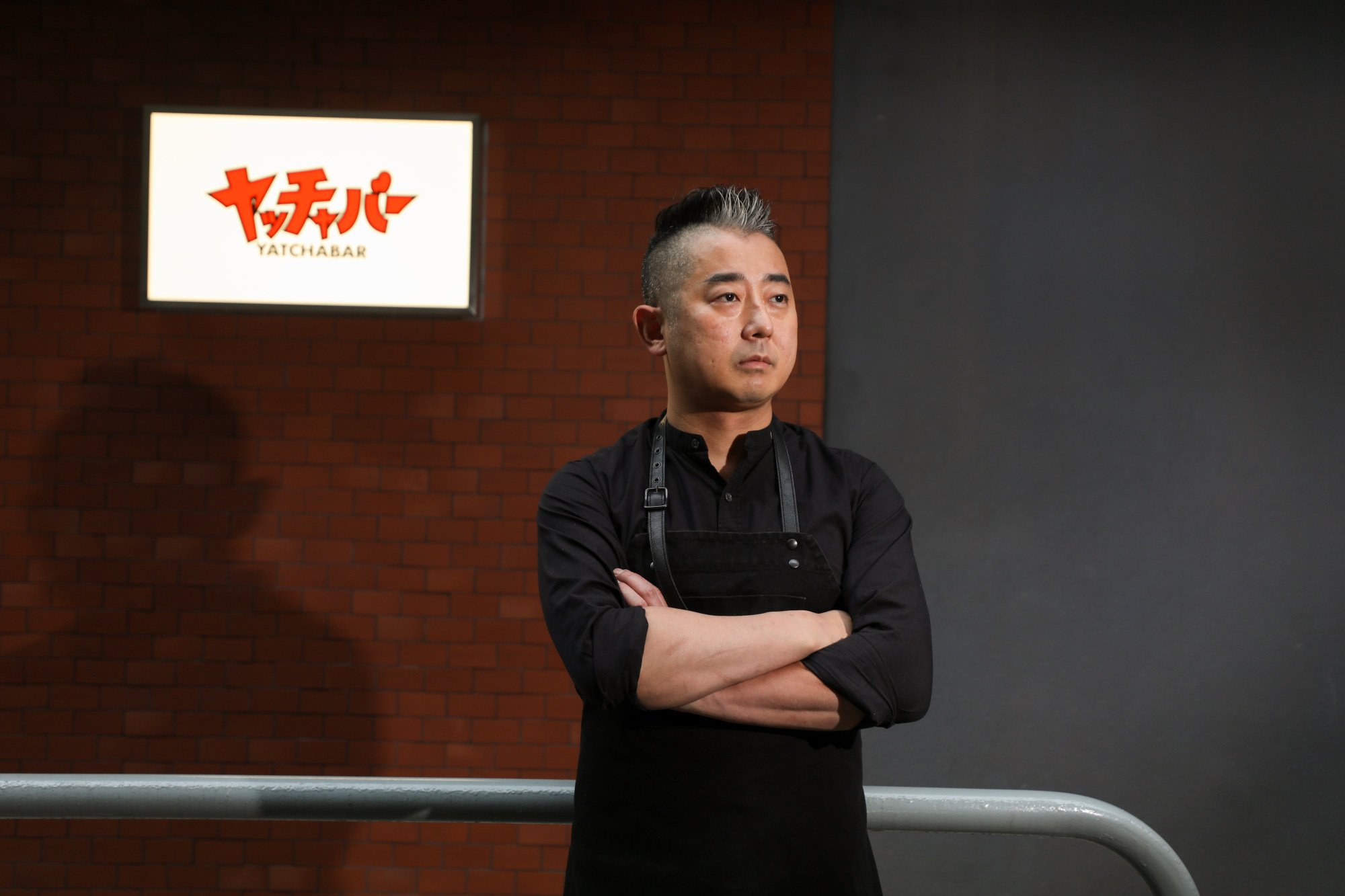
In 2008, he took the seminal documentary Food Inc – that exposes the ugly side of corporate farming in the United States – to Japan, and was subsequently contacted by a Wagyu cattle farmer who invited him to taste his beef, insisting that it was completely different from the mass-produced American beef depicted in the film.
That farmer, Muneharu Ozaki, remains Wagyumafia’s key supplier of his namesake Ozaki beef.
Before the pandemic, Hamada had a 10-year plan to build a new path for Wagyu. Now, he says he’s lost about three years and his priorities have changed. During Covid, with his world tour itinerary on hold, he looked inward and focused on exploring what Japan’s smaller producers and artisans had to offer.

“Apart from the restaurant scene, the industry that has probably been the most devastated has been sake and alcohol producers,” Hamada says. “They can’t sell to closed restaurants. Sake is a local product – if sake making stops, the farmers who grow the rice stop. Everything stops.”
Travelling and connecting with brewers and diners also gave him the drive to start Yatchabar, where the drinks and conversation flow, and Japan’s collective of driven sake brewers can be given a new platform to tell their stories.
“I thought: why don’t I create a scene where people can cherish and appreciate the beauty of sake?” he says. But he was adamant about taking away the formal rituals of sake drinking, comparing the movement to how high-end champagne has been presented in recent years.
“You don’t always have to be at a three-Michelin-star restaurant to open a [Dom Perignon] P2,” he says, pointing out how the intersection of food and wine has refracted into new ways of experiencing them together.
At Yatchabar – located on the same street as Mashi no Mashi and Wagyumafia, in Hong Kong’s Wan Chai district – the focus is premium ingredients cooked kushikatsu style (breaded, fried and skewered) or otsumami style (home-made snacks made for enjoying with alcohol).
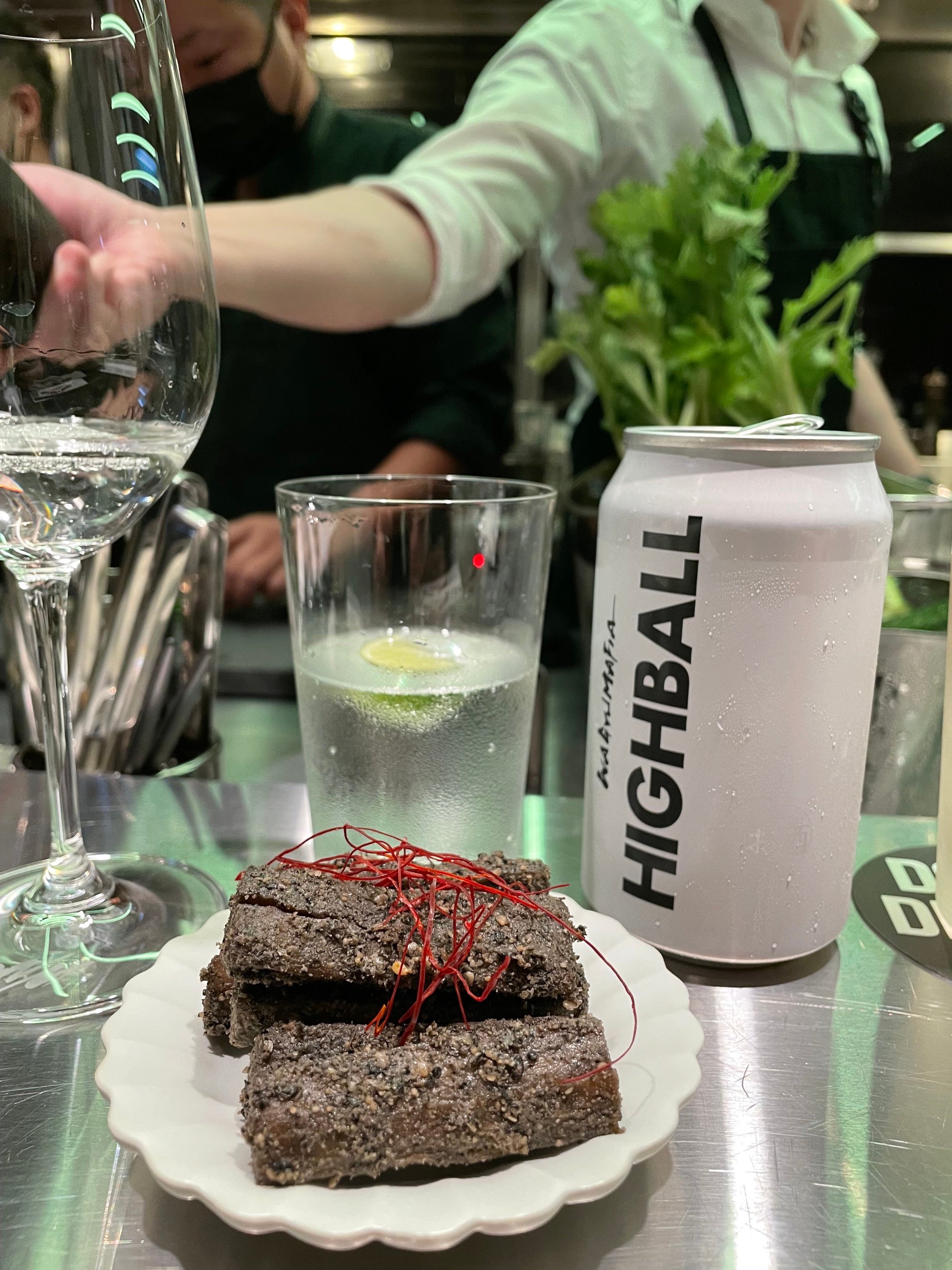
“We have a very beautiful word [in Japanese] called ‘shuto’,” says Hamada. “The character ‘shu’ is sake, while ‘to’ is to steal. It literally means ‘sake thief’, meaning very savoury small items that go well with sake.”
The menu will also be peppered with dishes that Hamada says came from his own repertoire of party food back when he used to host film industry friends at his home for raucous drinking and eating sessions.
It’s a combination of this sense of conviviality and Hamada’s fondness for the word “yatchaba” – an esoteric term for a lively vegetable market – that resulted in Yatchabar.
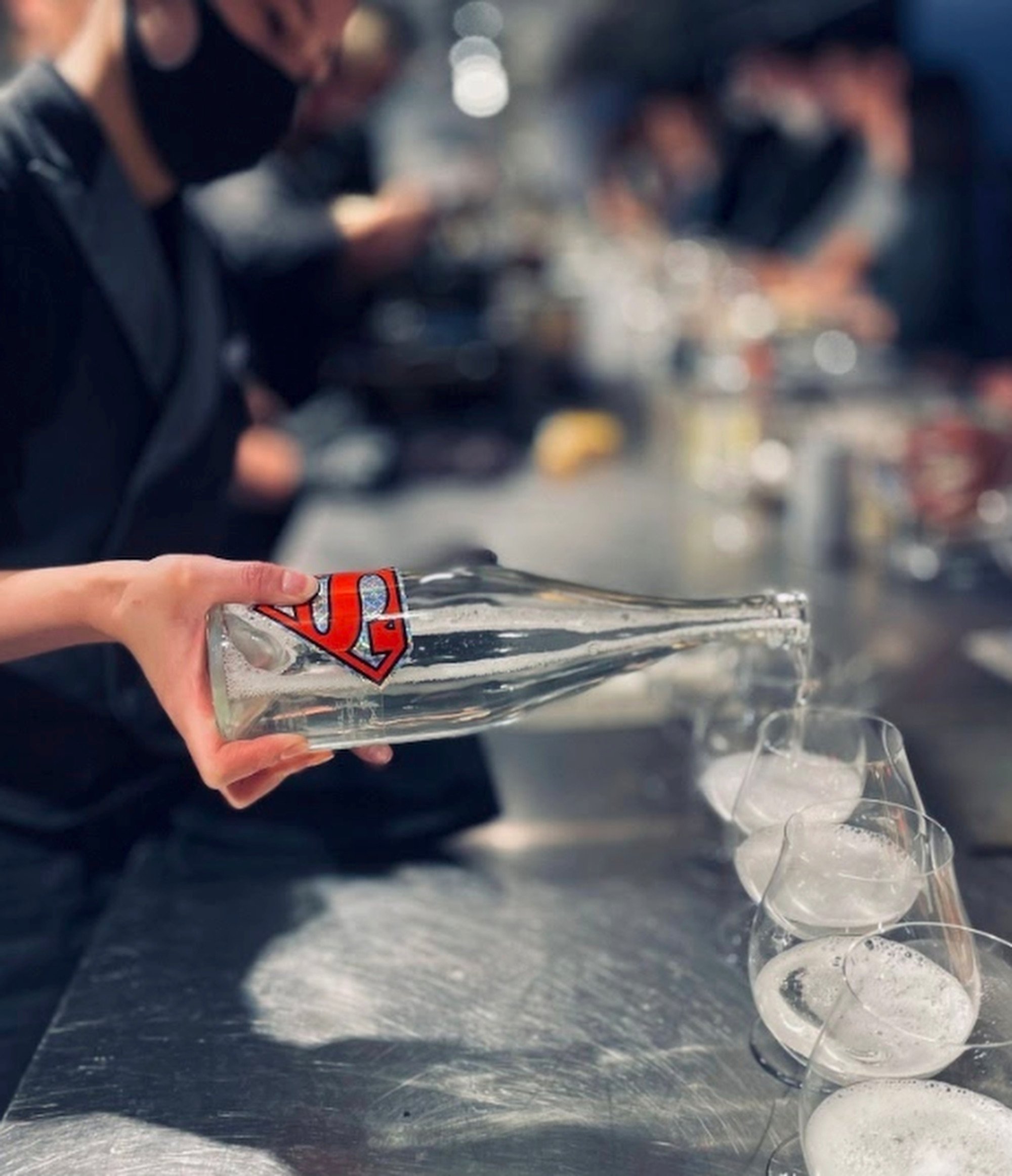
“I wanted to bring back the good kind of noisiness into the industry. All that silent eating [during the pandemic], that is not good. I don’t see it as very healthy,” he says. “Especially after Covid, people are craving not only deliciousness. People are looking for the bond, connection, togetherness.”
One thing that will get the party started is the specially commissioned, heavy cast-iron bell at the corner of the bar, which patrons are welcome to ring if they want to buy everyone a round, or a particularly expensive bottle of sake.
With the world opening up and a post-Covid era on the horizon, Hamada’s 10-year plan is different from what it was a short time ago.
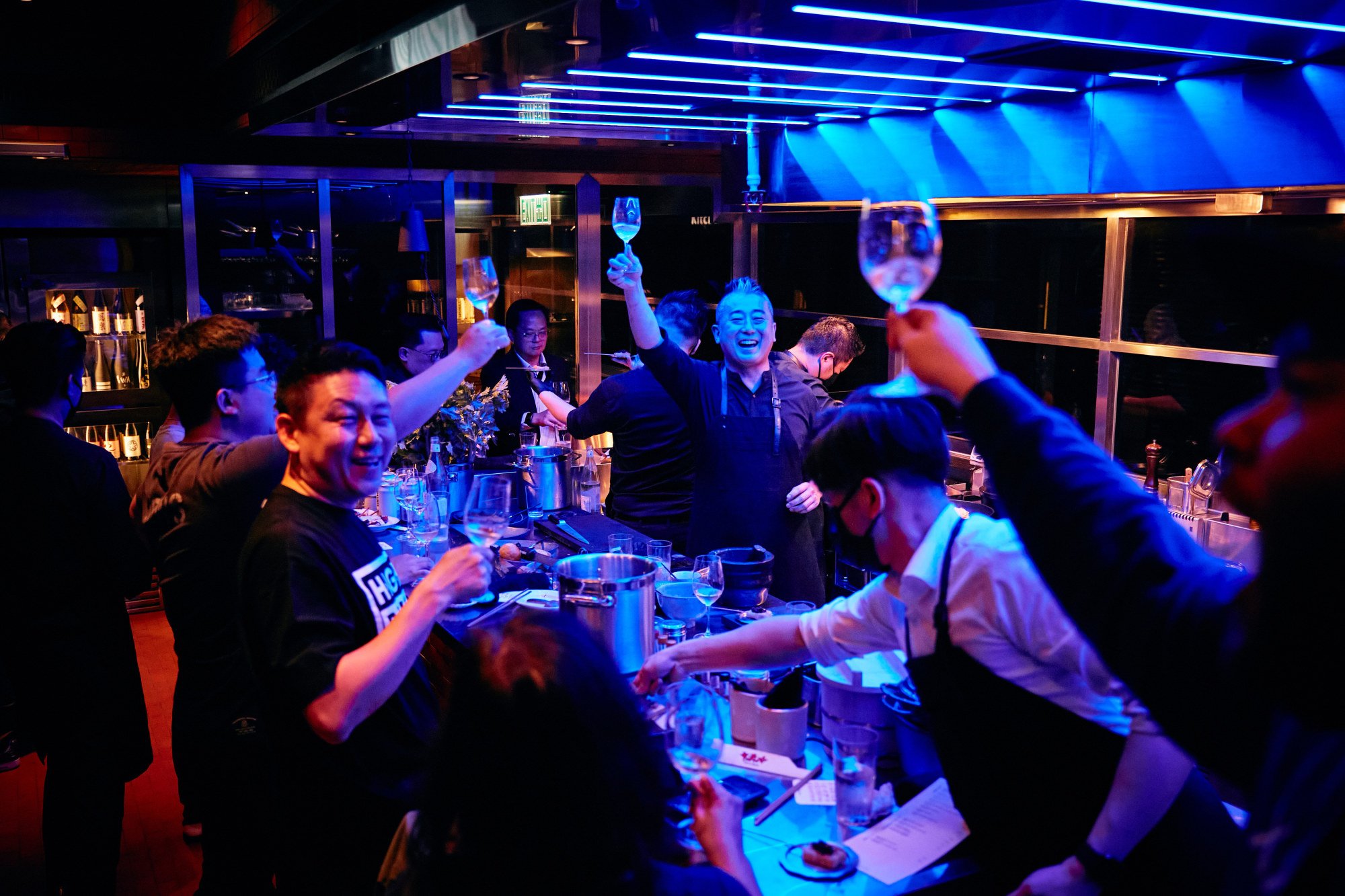
“But we’ll see what we can do from here,” he says, with a relaxed grin.
“I think happiness will be the brand new element after umami,” he says. “Umami was the sixth ‘taste’, so happiness must be the seventh. I want to create more happiness, more happy food. That is, I think, my new mission: to create happiness and togetherness.”

